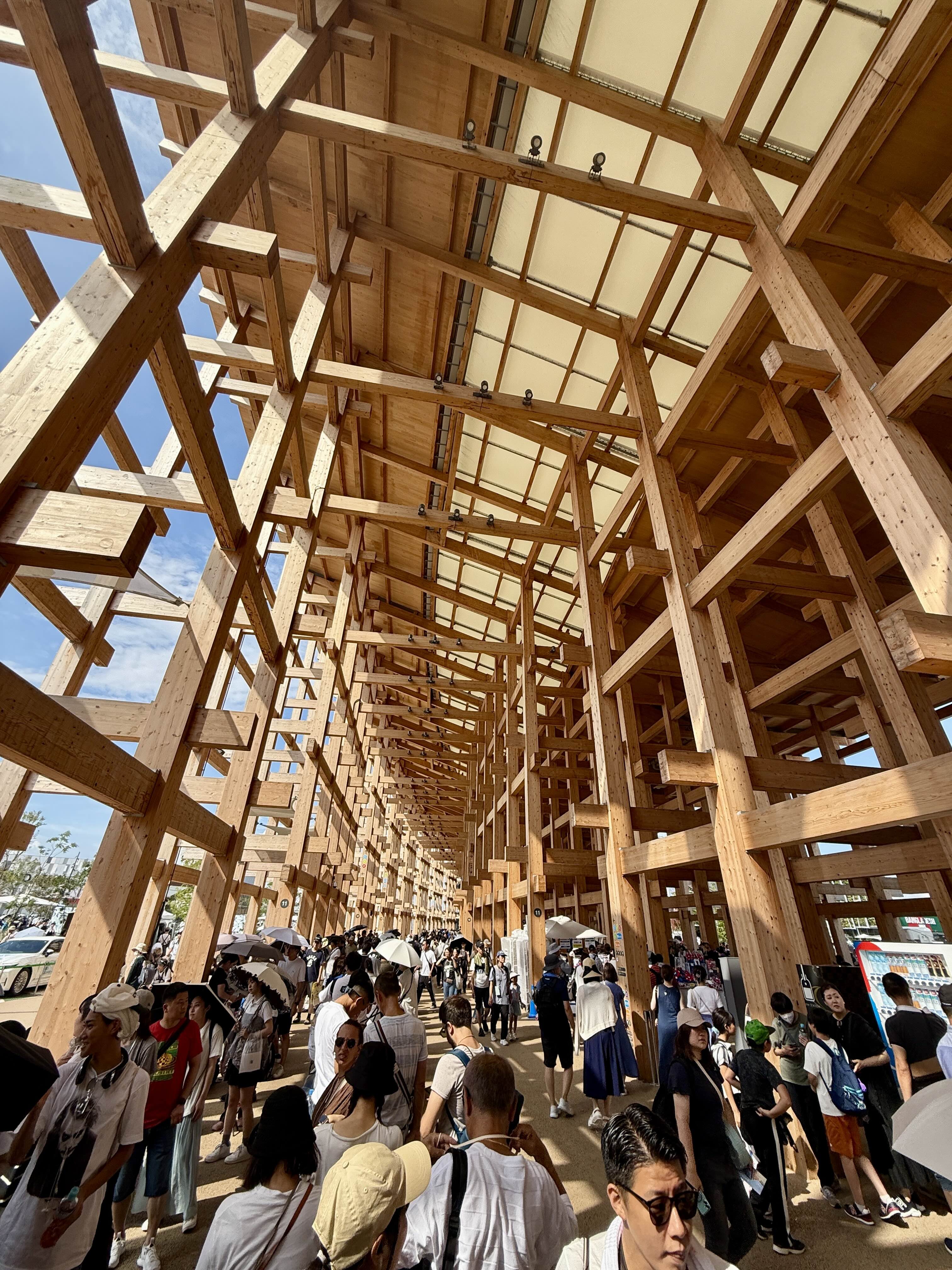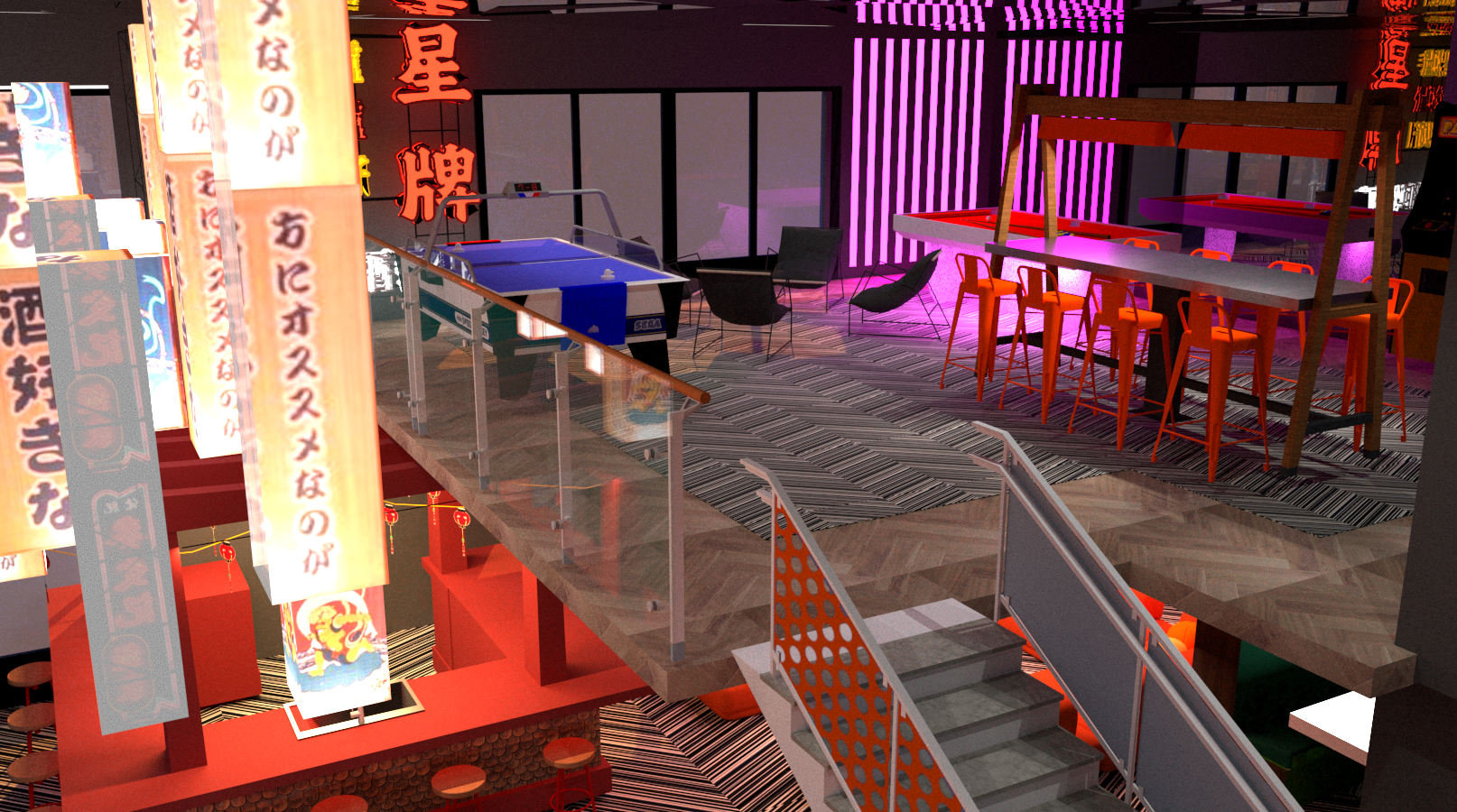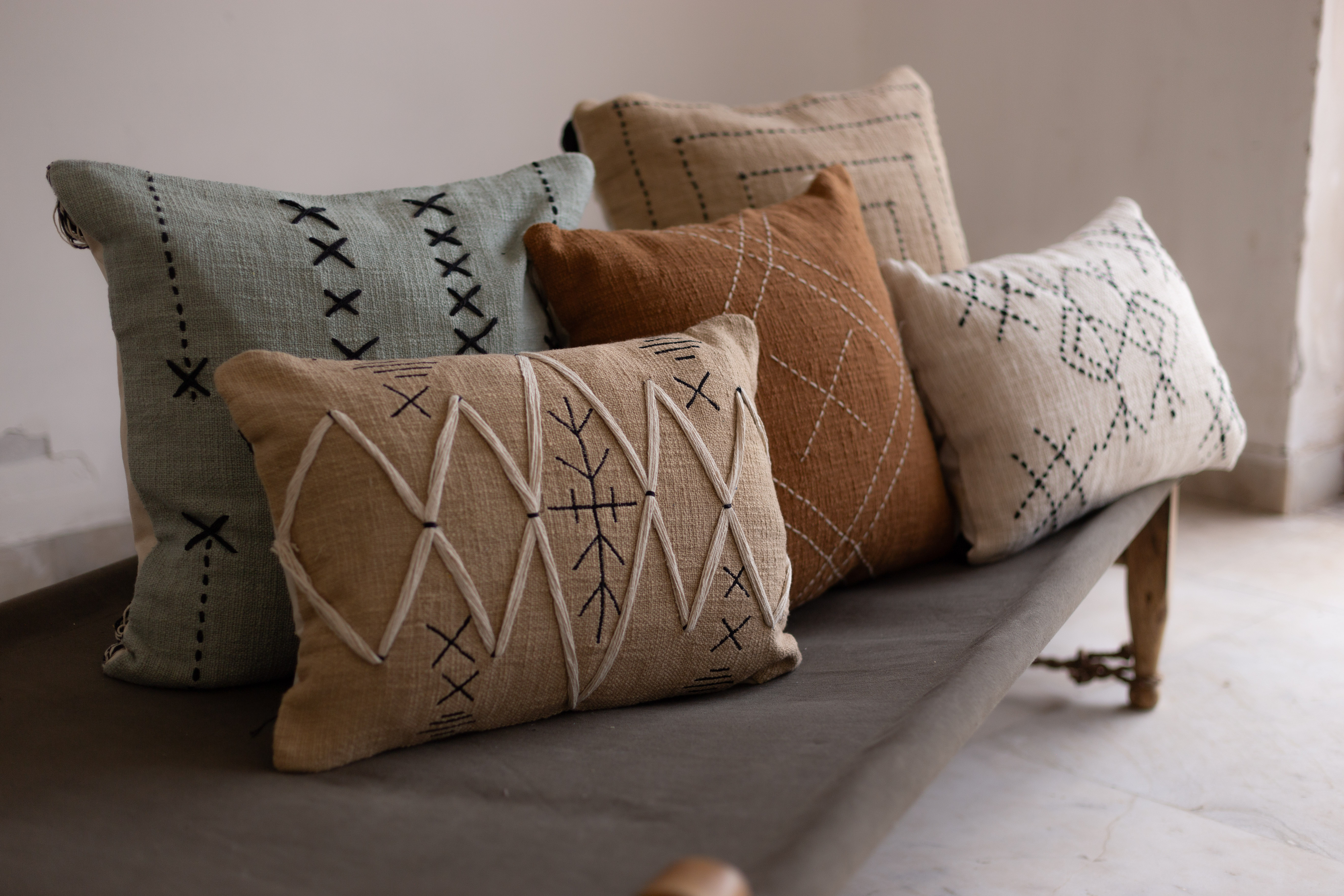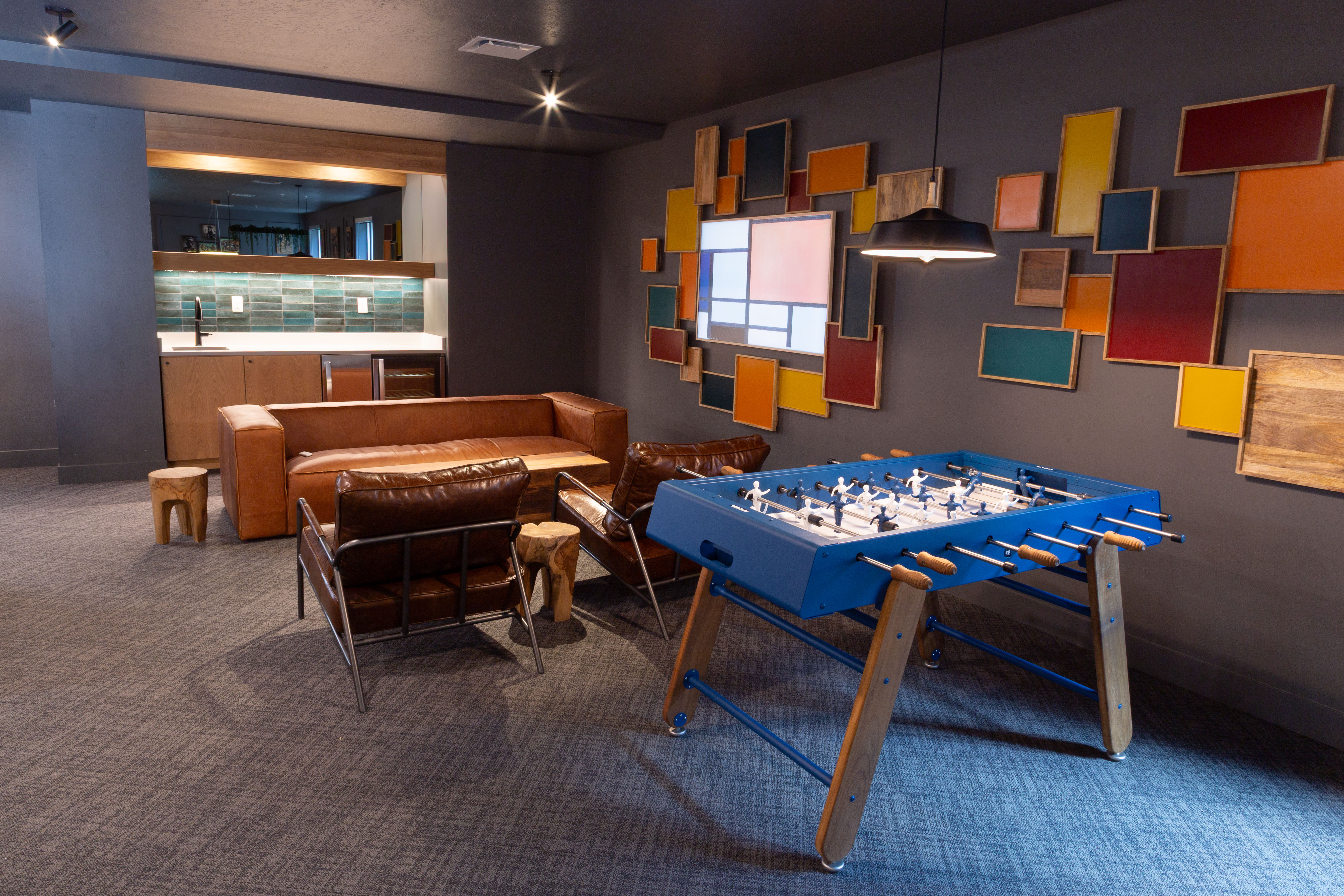Explore the world of creative design with our latest insights and trends that inspire innovation and creativity in every project.
What the Future Feels Like: Notes from Osaka / Expo 2025
I just got back from Osaka, and honestly—it was electric. Expo 2025 is one of those rare moments when the world decides to pause and imagine forward. Not in a utopian, sci-fi way, but in a deeply human one. I left the grounds feeling more hopeful than I have in a long time. And that’s saying something, especially for someone whose job is to design the future every day.
This year’s theme, “Designing Future Society for Our Lives”, felt more than just a prompt—it was a lived philosophy. It showed up in the architecture, the tech, the storytelling, and the spaces in between. The pavilions weren’t just concept stages—they were conversations made physical. Modular structures, adaptive reuse, digital twins, circular systems—it was like walking through a design thesis on what’s possible if we collectively care enough to build it.
A few things stuck with me:
1. Empathy as infrastructure.
One of the biggest takeaways was that future-forward design isn’t just about aesthetics or tech—it’s about systems that care. Many of the international pavilions explored design for aging societies, accessible cities, climate resilience, and multi-generational living. It wasn’t performative—it was practical. Intentional. Beautiful in its usefulness.
2. Nature and tech don’t have to fight.
The Japanese approach to blending innovation with nature was on full display. We’re talking bio-integrated architecture, real-time climate feedback loops, and buildings that breathe. No tension between the built and the organic—just harmony, as design directive.
3. Soft power is design power.
A lot of countries used their pavilions to express cultural identity in new ways—less about spectacle, more about soul. There’s something powerful in seeing a nation tell its story through material choices, light, scent, sound. It’s a reminder that every space we design has the potential to speak, if we let it.
As someone working across interiors, product, and urban-scale strategy, this felt like a jolt to the system. A good one. We spend so much time solving problems in the now, it was invigorating to step into spaces that were asking:
What if we got this right? What if design helped us grow—not just smarter, but kinder?
I'd be remiss if i didn't mention the star of the show, the Grand Ring. Photos don't do it justice, the scale and execution of this Mass Timber structure is stunning. Dezeen did a write up on it here, but Architect Suo Fujimoto crushed it.
The Expo ends in October 2025. If you can go, go. If you can’t, follow closely. Because the ideas on display aren’t just speculative—they’re a glimpse of the world we could build if we lead with vision, collaboration, and care.




